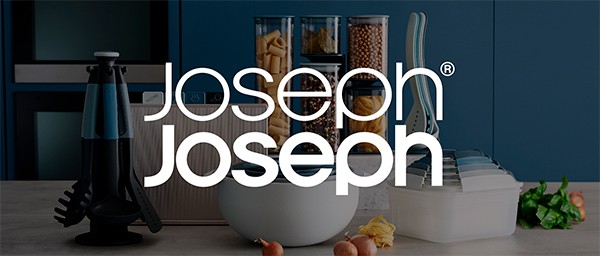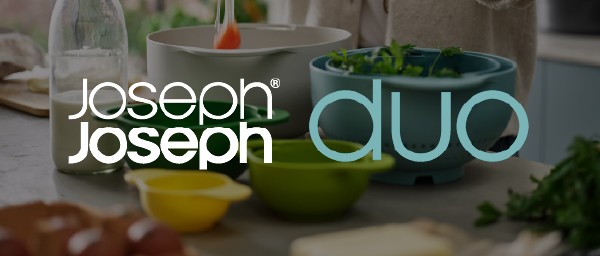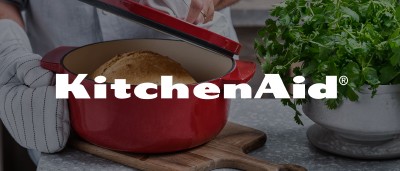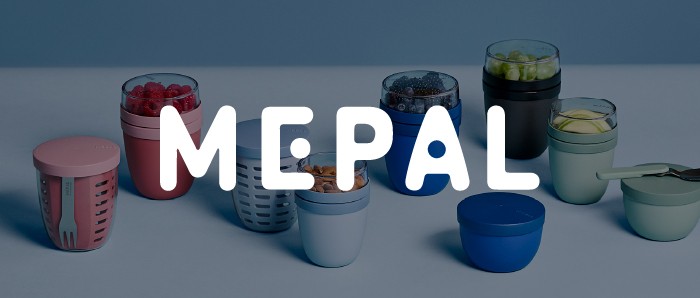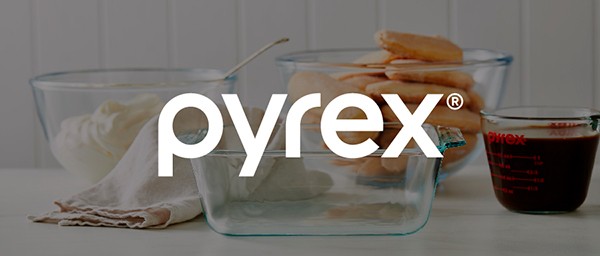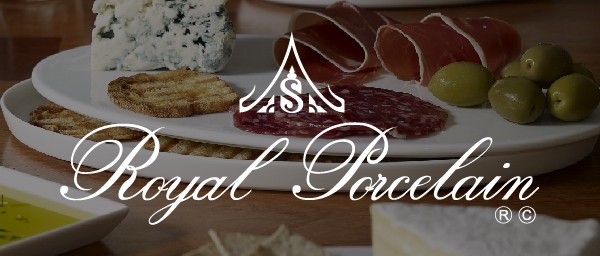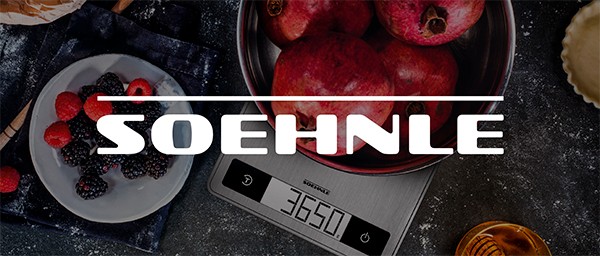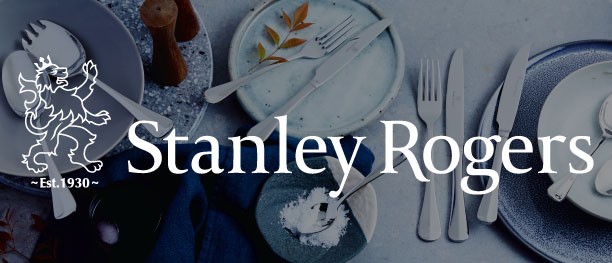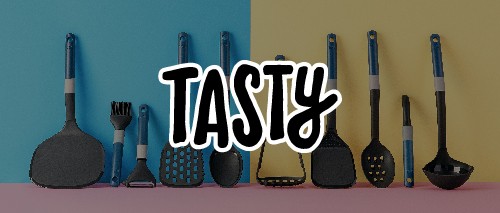How To Wash Pots And Pans Properly Step By Step

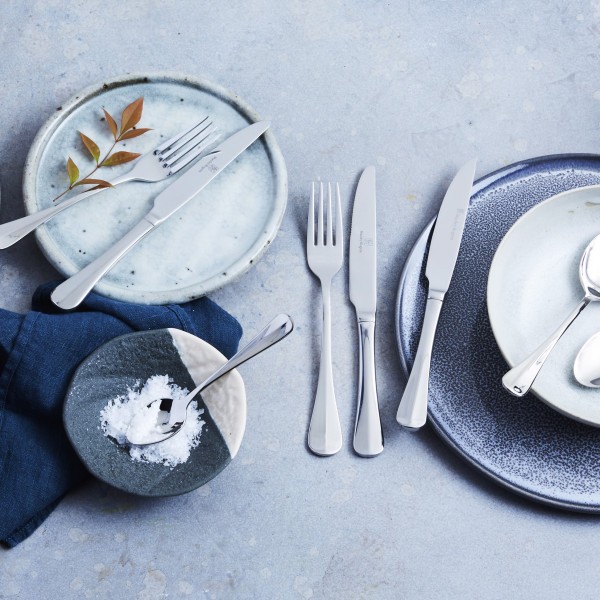
Baguette 56 Piece Cutlery Set - Stanley Rogers
Stanley Rogers
Approx $251.04 USD

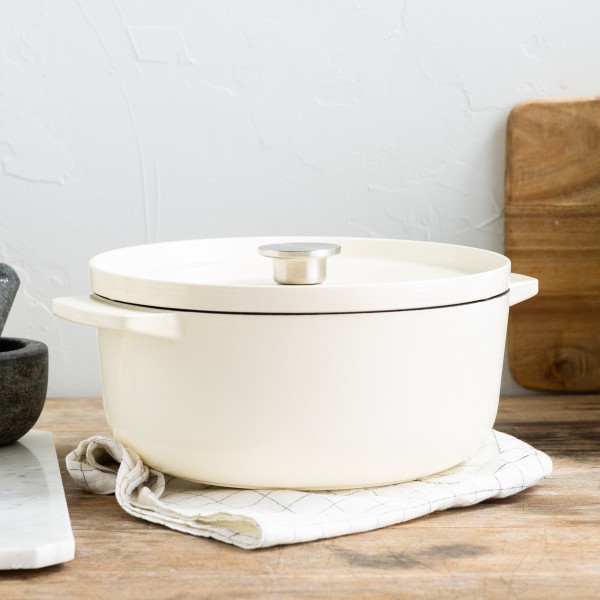
Almond Cream Covered Round Casserole 26cm/5.2L - KitchenAid
KitchenAid
Approx $239.09 USD
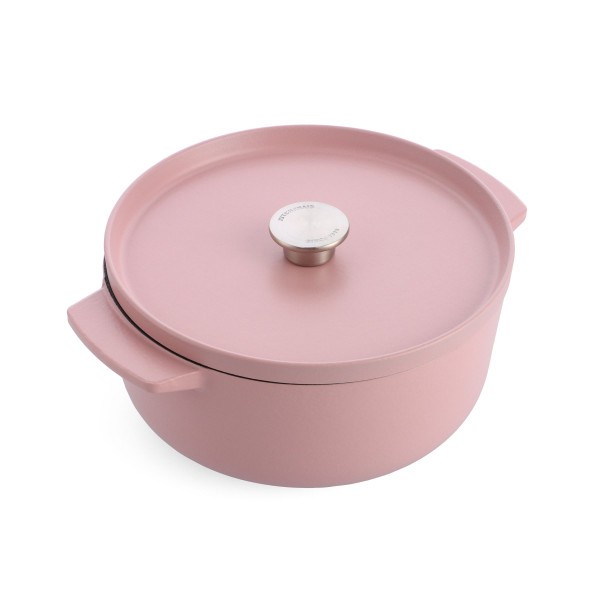
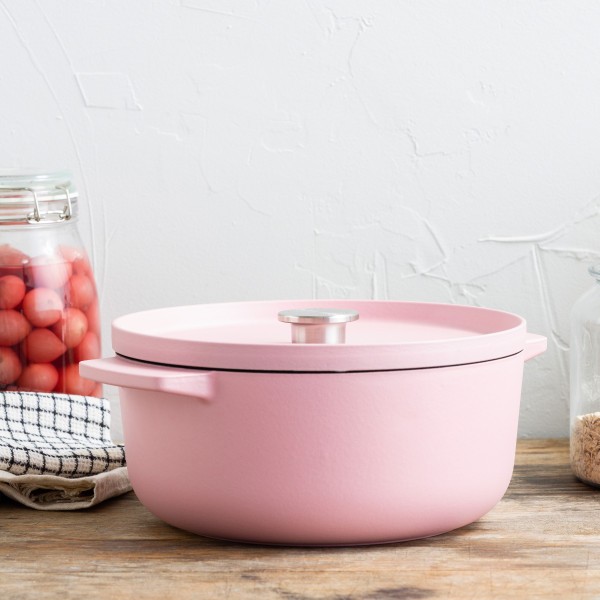
Dried Rose Covered Round Casserole 26cm/5.2L - KitchenAid
KitchenAid
Approx $239.09 USD
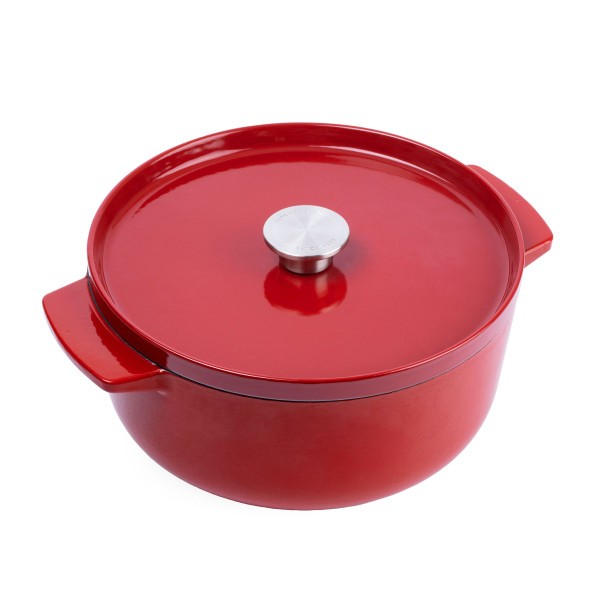
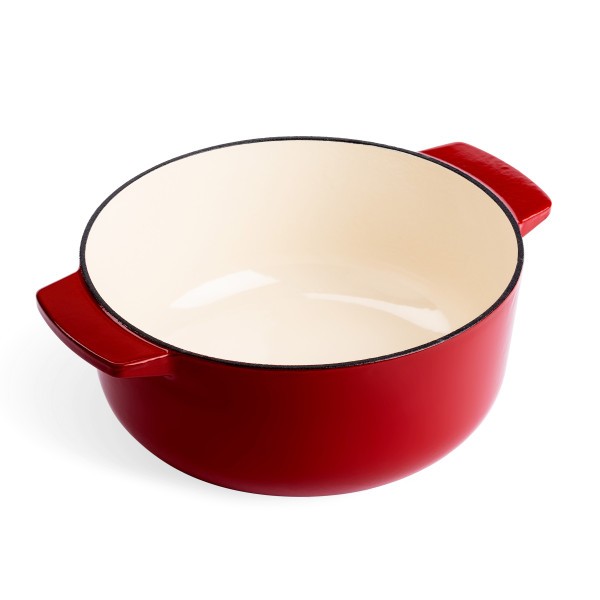
Empire Red Covered Round Casserole 26cm/5.2L - KitchenAid
KitchenAid
Approx $239.09 USD
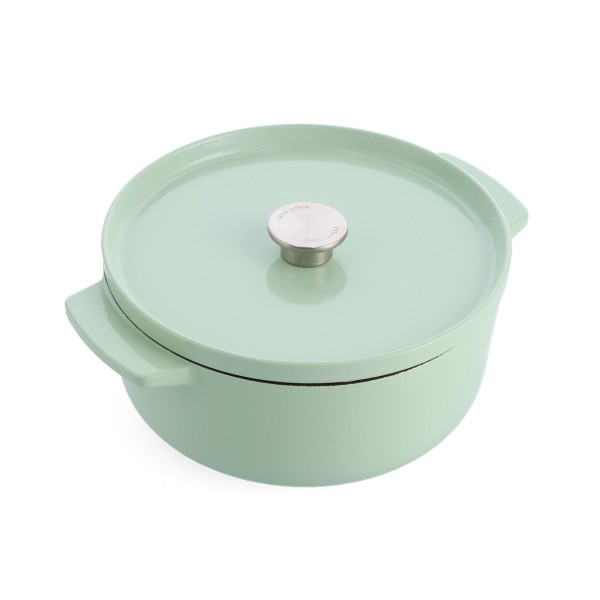
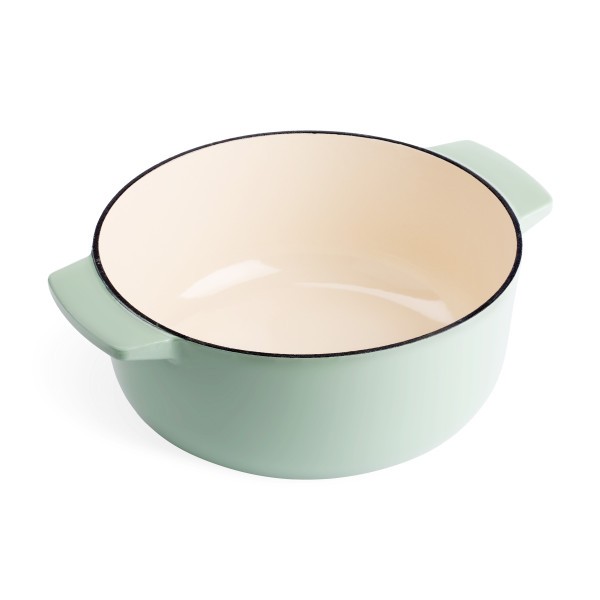
Pistachio Covered Round Casserole 26cm/5.2L - KitchenAid
KitchenAid
Approx $239.09 USD

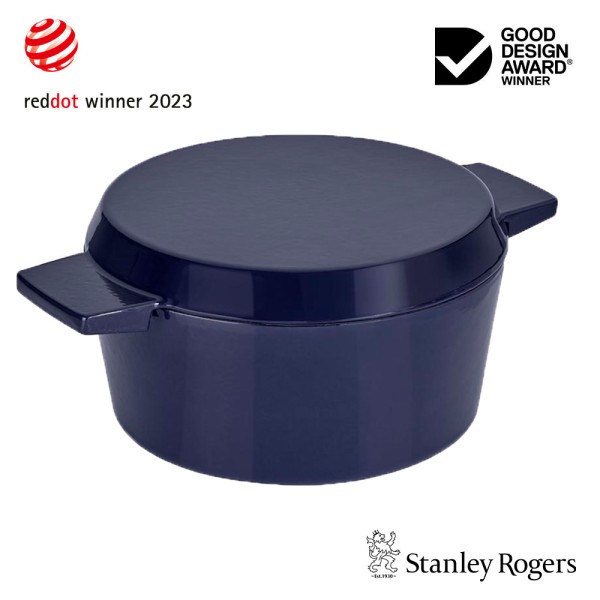
Cast Iron French Oven Mid Blue 28cm - Stanley Rogers
Stanley Rogers
Approx $221.16 USD
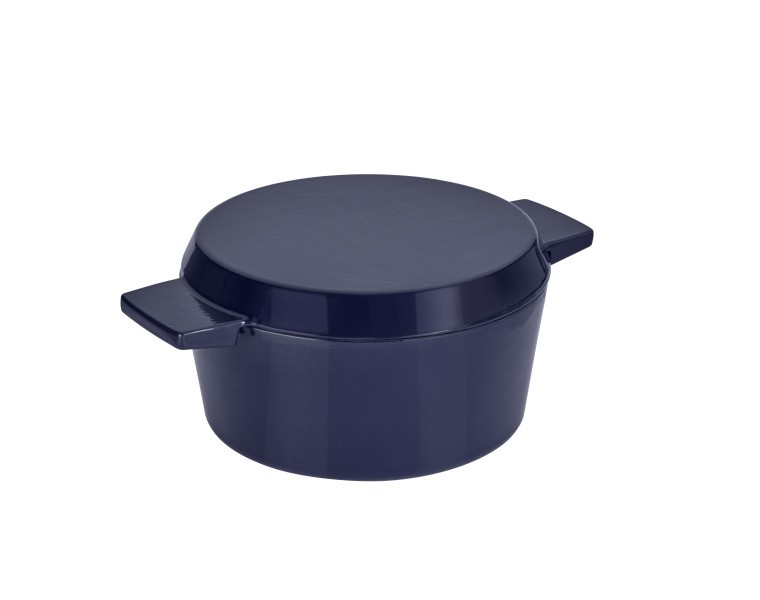
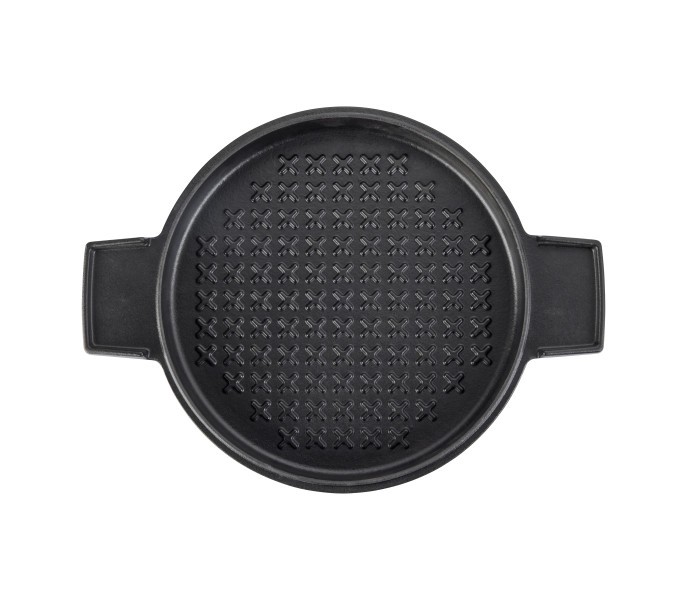
Cast Iron French Oven Mid Blue 24cm - Stanley Rogers
Stanley Rogers
Approx $179.31 USD
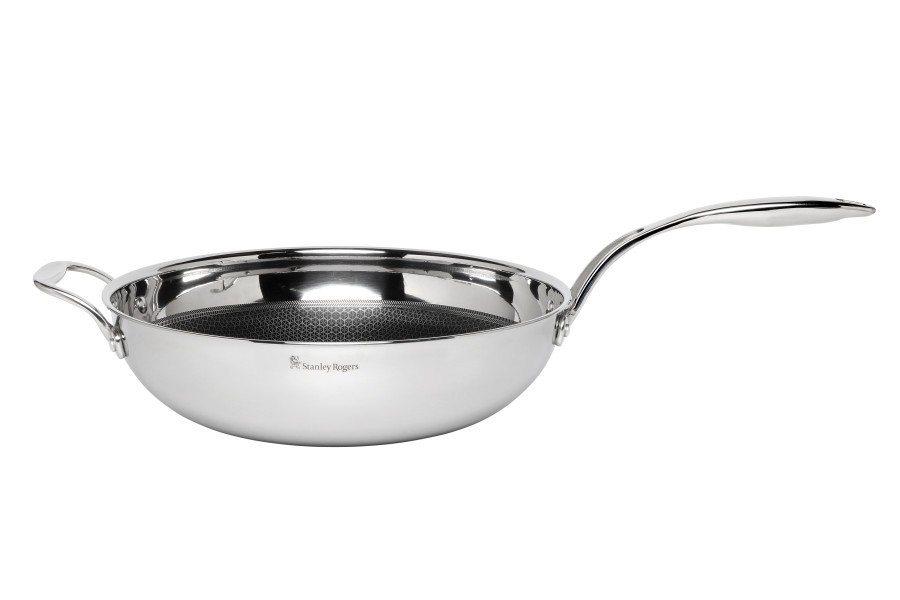
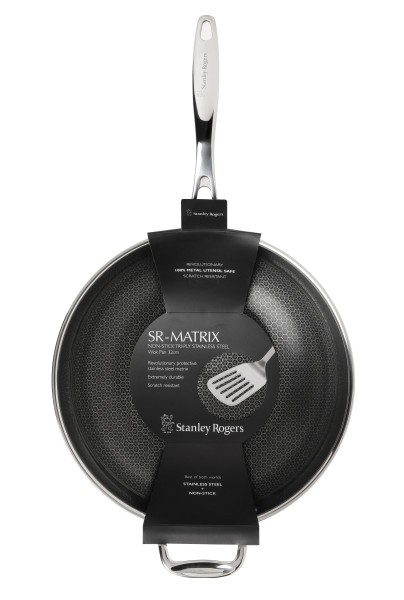
Matrix Stainless Steel Wok Pan 32cm - Stanley Rogers
Stanley Rogers
Approx $166.77 USD
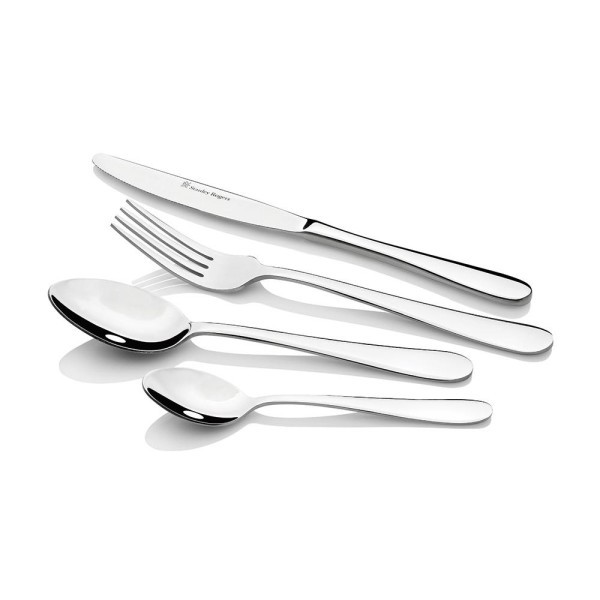
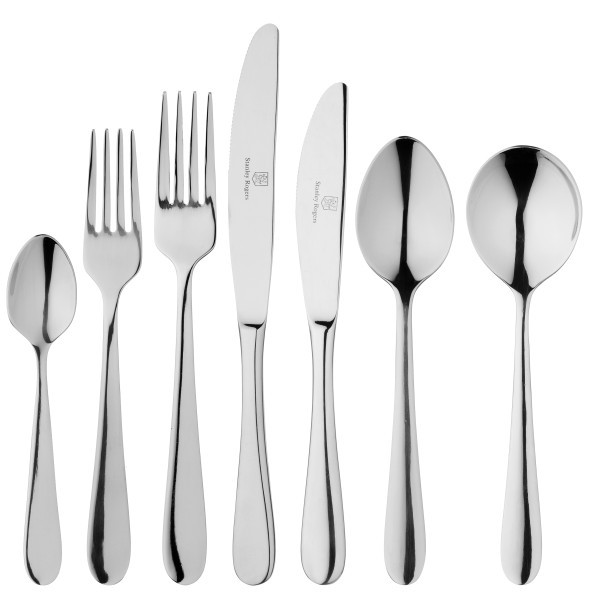
Albany 56 Piece Cutlery Set - Stanley Rogers
Stanley Rogers
Approx $161.38 USD
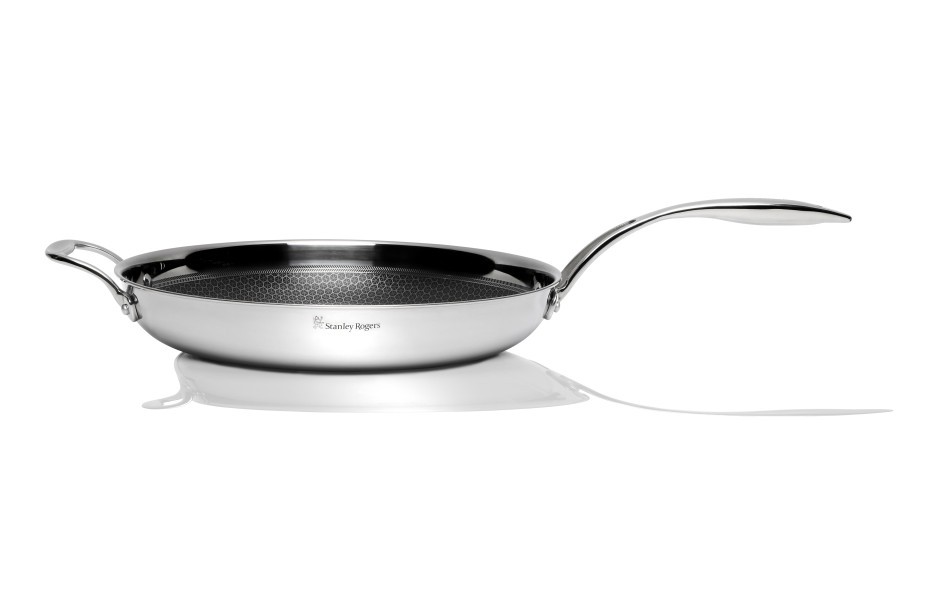
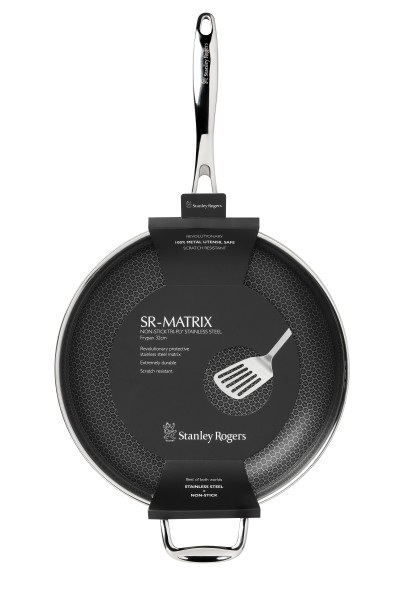
Matrix Non-Stick Frypan 32cm - Stanley Rogers
Stanley Rogers
Approx $148.84 USD
.jpg)
.jpg)
Baguette 24 Piece Cutlery Set - Stanley Rogers
Stanley Rogers
Approx $119.54 USD
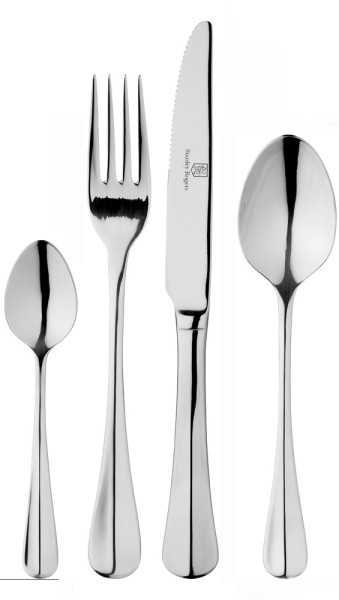
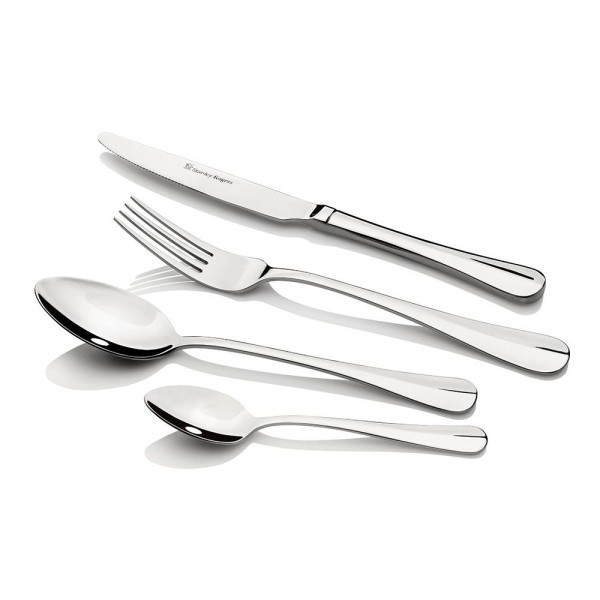
Baguette 24 Piece Cutlery Set - Stanley Rogers
Stanley Rogers
Approx $119.54 USD
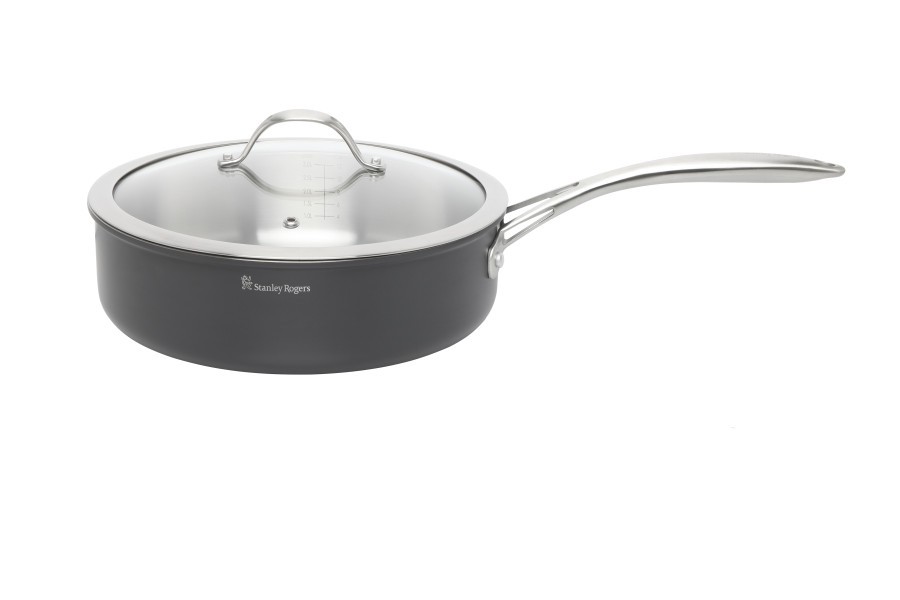
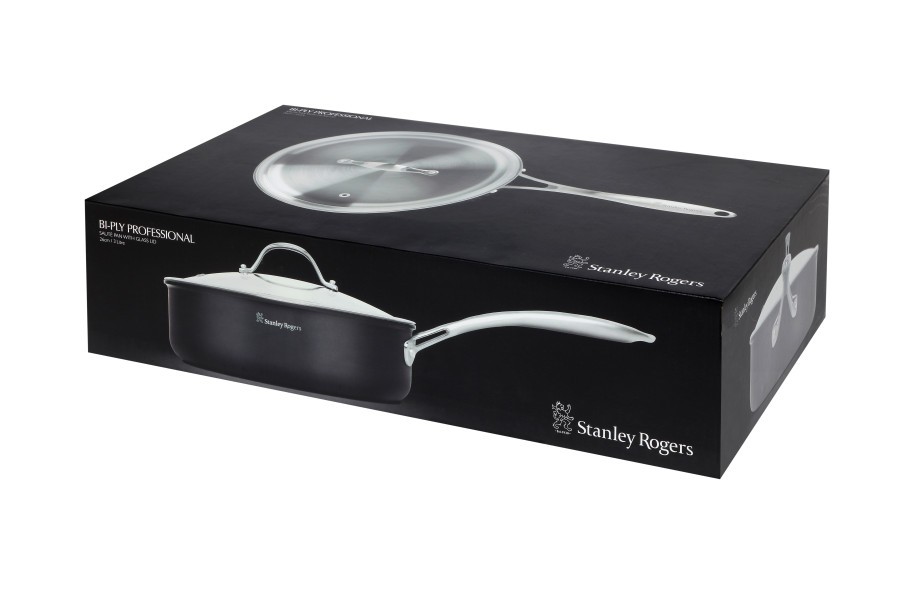
BI-PLY Professional Sauté Pan 26cm - Stanley Rogers
Stanley Rogers
Approx $106.99 USD
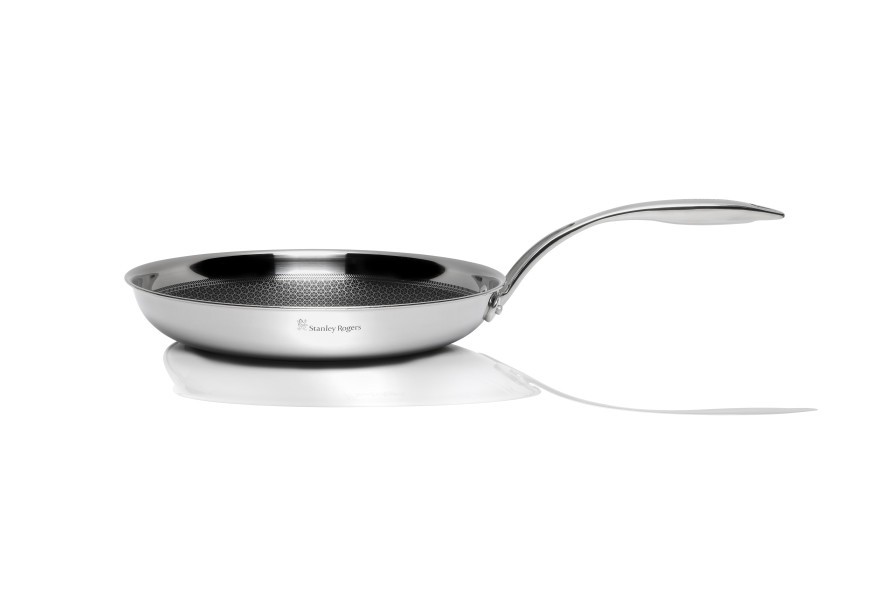
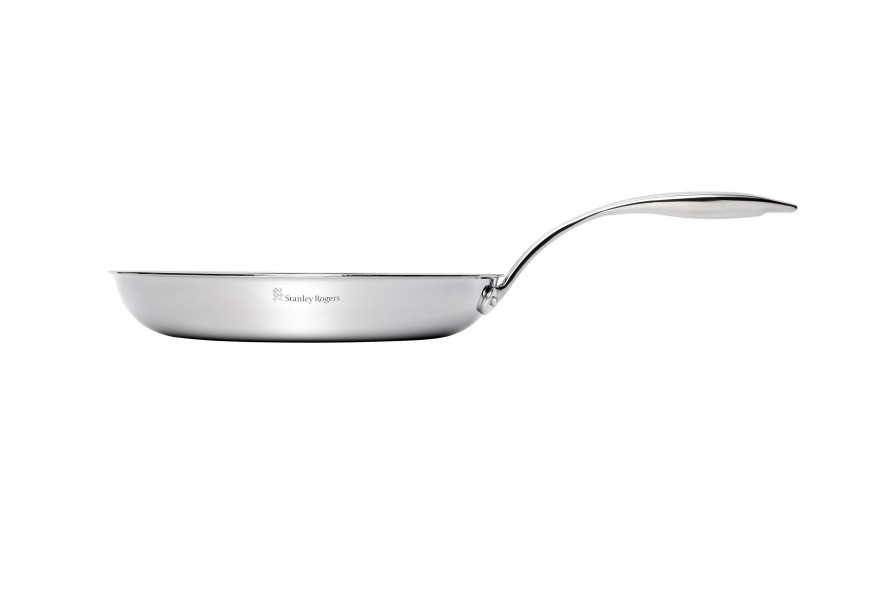
Matrix Stainless Steel Frypan 28cm - Stanley Rogers
Stanley Rogers
Approx $106.99 USD
How to Wash Pots and Pans Properly: A Step-by-Step Guide to Effective Cleaning
Properly cleaning your pots and pans is essential not just for hygiene but for maintaining their quality and extending their lifespan. Over time, cookware can accumulate grease, food particles, and stains that can affect their performance. In New Zealand, where cooking is a passion and culinary creativity is often at its peak, understanding how to wash pots and pans correctly can make all the difference. Whether you're dealing with a non-stick frying pan, a stainless steel pot, or a cast iron skillet, each type of cookware requires specific care to ensure it remains in good condition.
This comprehensive guide will take you through the step-by-step process of washing pots and pans properly, offering practical tips and insights for each type of cookware. By following these guidelines, you can keep your kitchen tools sparkling clean and in great working order.
Why Properly Washing Pots and Pans Is Essential
Properly washing your cookware isn’t just about keeping them clean—it’s about preserving their durability, functionality, and appearance. Different materials, such as non-stick, stainless steel, or cast iron, all require different care. Neglecting the correct cleaning method can lead to food buildup, discoloration, or even damage to the surface of the cookware.
Preventing Damage and Prolonging Lifespan
Certain cleaning practices, such as using harsh scrubbing tools or harsh chemicals, can damage the surface of your cookware. For example, a non-stick pan can lose its coating if you use metal utensils or abrasive scrubbers. Likewise, improper care of cast iron cookware can lead to rust, making it unusable. By following the right cleaning method for each material, you can keep your pots and pans functioning for years.
Avoiding Health Risks
Old food particles, grease, or grime left on pots and pans can accumulate over time and harbor bacteria. Proper washing ensures that no harmful residues remain that could transfer to your next meal. A clean pan means a safer cooking environment.
The Basics of Washing Pots and Pans
Before we get into the specifics of how to clean different types of cookware, let’s review some general tips that apply to all types:
1. Let the Cookware Cool Down
After cooking, never immediately attempt to wash your pots and pans while they’re still hot. The sudden temperature change can cause warping, especially in materials like aluminum or copper. Instead, let your cookware cool for a few minutes before washing it. For cast iron pans, it’s best to let them cool completely to avoid cracks or damage to the seasoning.
2. Use Warm Water and a Mild Dish Soap
Warm water is the best option for cleaning pots and pans. It helps break down grease and food residues more effectively than cold water. Mild dish soap is ideal for all cookware types, as it cleans without damaging the surface or removing any protective coatings. Avoid harsh chemicals like bleach, which can cause discoloration and damage.
3. Use the Right Cleaning Tools
The right cleaning tools can make a significant difference. For most cookware, a soft sponge or cloth is sufficient. For tougher residues, a non-abrasive scrub brush may work better. Avoid using steel wool or metal scrubbing pads, as they can scratch and damage the surface, particularly for non-stick cookware.
How to Wash Non-Stick Pots and Pans
Non-stick cookware is a favorite in many kitchens due to its ease of use and quick cleanup. However, cleaning non-stick pots and pans requires extra care to avoid damaging the delicate coating.
Step 1: Allow the Pan to Cool
Once you’re finished cooking, allow the non-stick pan to cool down to a safe temperature. Do not run cold water over a hot non-stick pan, as it can cause the coating to warp or peel.
Step 2: Use Warm Water and Mild Soap
For non-stick cookware, wash with warm water and a small amount of mild dish soap. Use a soft sponge or cloth to gently scrub the surface. Be sure to avoid harsh chemicals or strong detergents, as they can damage the non-stick coating over time.
Step 3: Avoid Abrasive Scrubbers
Never use abrasive pads, steel wool, or hard brushes to clean non-stick cookware, as these can scratch the coating and cause it to deteriorate. Instead, opt for a non-abrasive sponge designed for non-stick surfaces.
Step 4: Dry and Store Properly
After cleaning, dry the non-stick pan thoroughly with a soft towel. Store it in a dry place, and avoid stacking heavy pans on top of it, as this can damage the non-stick surface.
How to Wash Stainless Steel Pots and Pans
Stainless steel cookware is popular for its durability, resistance to corrosion, and sleek appearance. While it’s relatively easy to clean, there are a few tips to keep in mind to maintain its shine.
Step 1: Clean with Warm Soapy Water
Stainless steel pots and pans can generally be washed with warm soapy water and a soft cloth or sponge. Make sure the sponge you use doesn’t have any abrasive particles, as this could scratch the surface of the cookware.
Step 2: Use Baking Soda for Stubborn Stains
If your stainless steel cookware has stubborn stains or discoloration, sprinkle some baking soda onto the affected area. Add a little bit of water to form a paste and gently scrub with a soft cloth. Baking soda is mildly abrasive but safe for stainless steel and can help restore its shine.
Step 3: Rinse and Dry
Once clean, rinse the cookware with warm water to remove any soap residue. After rinsing, dry your stainless steel cookware immediately with a clean, dry cloth. Leaving stainless steel pots and pans to air dry may result in water spots or streaks.
Step 4: Polish for Extra Shine
If you want to restore the cookware’s shine, you can polish it with a small amount of mineral oil or a special stainless steel cleaner. Simply apply a small amount to a cloth and buff the surface gently.
How to Wash Cast Iron Pots and Pans
Cast iron cookware requires more attention than other types because it’s prone to rust and requires seasoning to maintain its non-stick qualities. Here’s how to properly wash your cast iron pots and pans.
Step 1: Don’t Use Soap (Generally)
One of the most important rules of cleaning cast iron is to avoid using soap, which can strip the seasoning. Instead, use warm water to rinse off food particles. For tough food residues, use a non-abrasive scrub brush or a chainmail scrubber to gently clean the pan.
Step 2: Dry Immediately
After washing, immediately dry the cast iron cookware with a clean towel. Leaving it wet can lead to rust. You can also place it on the stove over low heat to help dry it completely.
Step 3: Re-season if Necessary
After each use, it’s essential to re-season your cast iron cookware to maintain its non-stick surface. Once the pan is dry, rub a thin layer of vegetable oil or cast iron seasoning oil over the surface, and heat it on the stove or in the oven to set the oil.
How to Wash Copper Pots and Pans
Copper cookware is known for its excellent heat conductivity and beautiful appearance, but it requires special care to maintain its shine.
Step 1: Hand Wash with Warm Water
Always hand wash copper pots and pans with warm water and mild dish soap. Avoid putting them in the dishwasher, as this can damage the copper and cause discoloration.
Step 2: Polish the Surface
Copper tarnishes over time, so it’s essential to polish it regularly. Use a copper cleaner or a homemade solution of vinegar and salt to remove tarnish. Apply the cleaner with a soft cloth and gently buff the surface.
Step 3: Dry Immediately
After cleaning, dry your copper cookware with a soft towel to prevent water spots and tarnishing.
General Tips for Maintaining Pots and Pans
-
Avoid soaking cookware for too long: Soaking pots and pans for extended periods can damage the material, especially
non-stick and cast iron cookware. Always follow the recommended cleaning guidelines.
-
Use proper storage: Store your cookware in a dry place. If you have non-stick cookware, avoid stacking heavy items on top
to prevent damaging the coating.
-
Regularly check for damage: Periodically inspect your pots and pans for signs of damage, such as cracks, warped bottoms, or
peeling coatings. Damaged cookware should be replaced to ensure safe cooking.
Final Thoughts on Washing Pots and Pans Properly
Properly washing your pots and pans is a vital part of maintaining their performance and prolonging their lifespan. Whether you're using non-stick, stainless steel, cast iron, or copper cookware, each type has its own cleaning requirements. By following the correct cleaning steps for each material, you can ensure that your pots and pans stay in top condition for years to come. Clean cookware not only improves the overall cooking experience but also contributes to a healthier kitchen environment.
Enter your content here


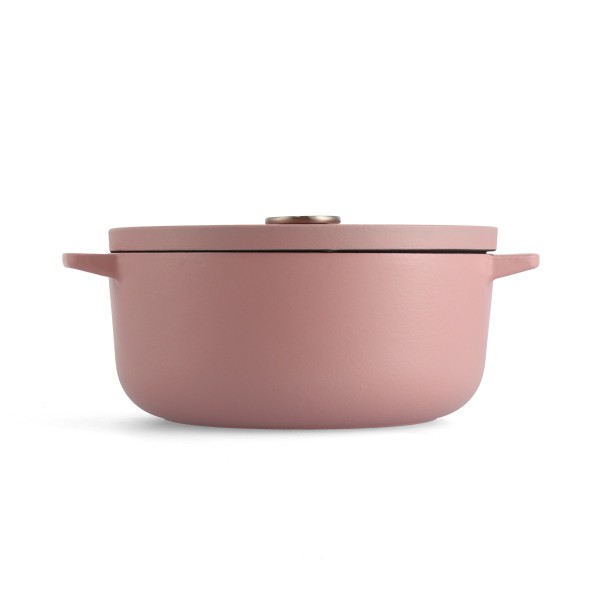


.jpg)









.jpg)





.jpeg)





.jpeg)



.jpeg)








.jpeg)



.jpeg)

.jpeg)

.jpeg)

.jpeg)




.jpeg)
.jpg)

.jpeg)






.jpeg)
.jpeg)




.jpeg)





.jpeg)


.jpeg)

.jpeg)

.jpeg)

.jpeg)







.jpeg)
.jpeg)
.jpeg)





.jpeg)



.jpeg)






.jpg)
.jpeg)









.jpg)


ulva-Logo.jpg)




.jpeg)
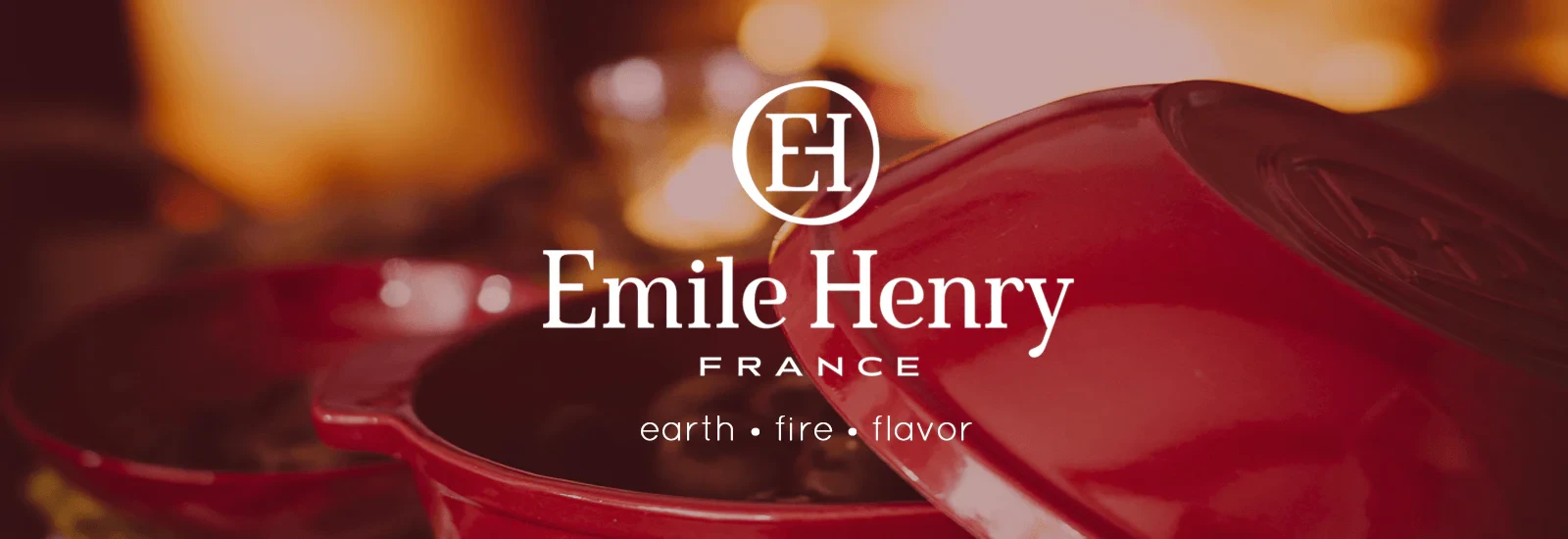


.png)


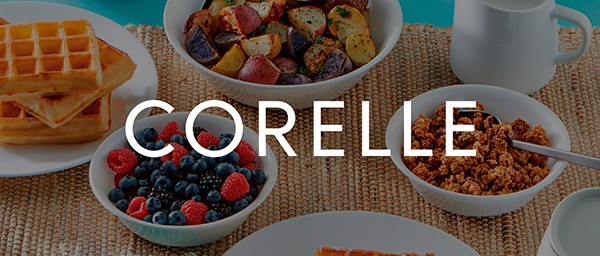
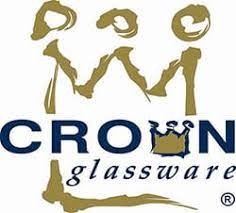

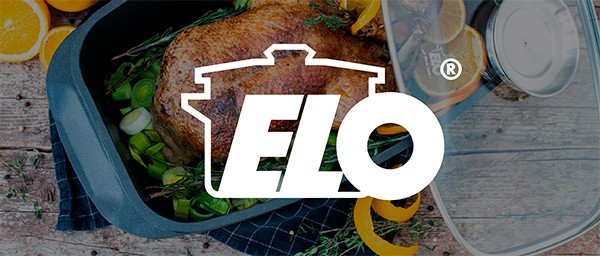


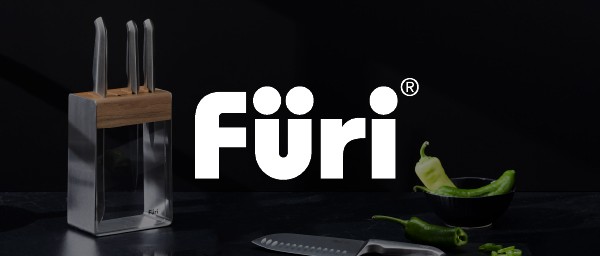

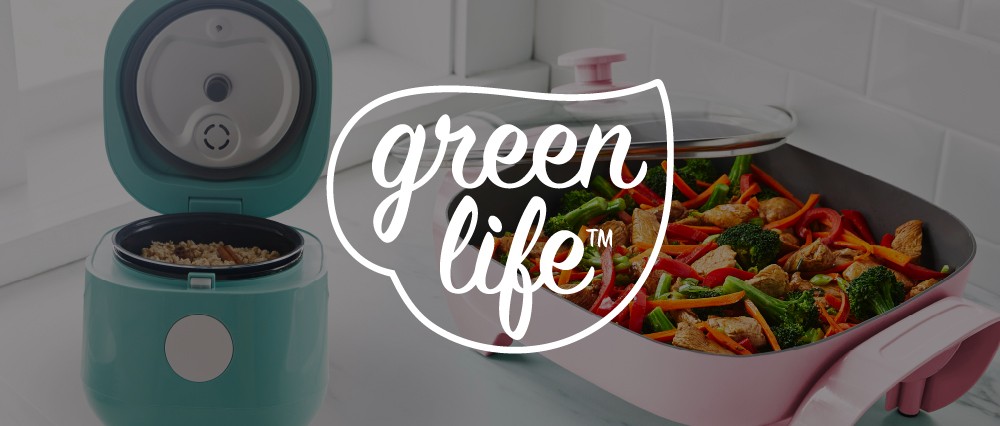
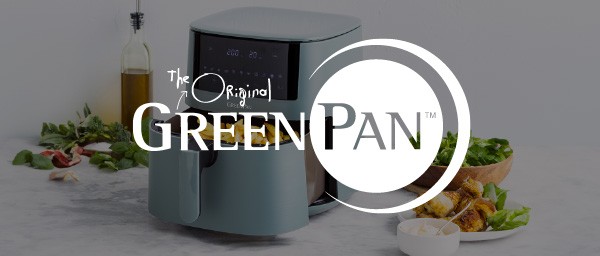
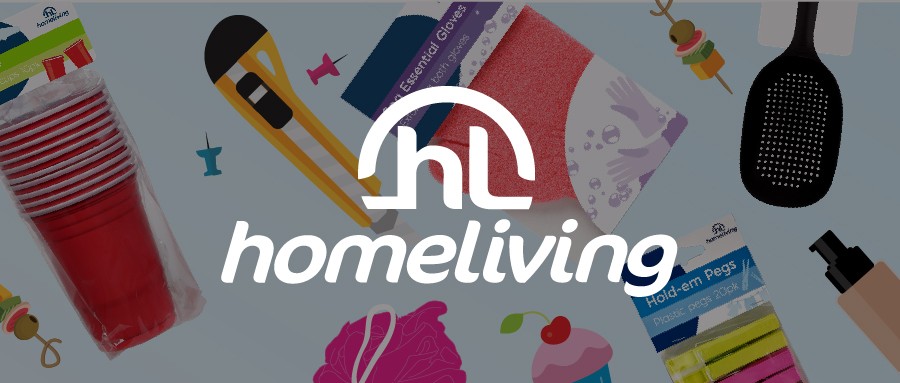
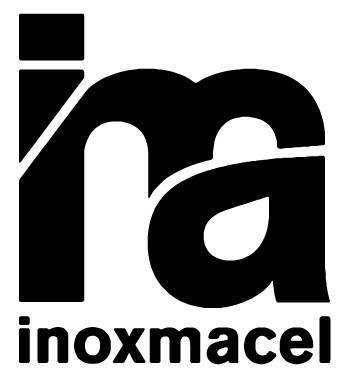

.png)
